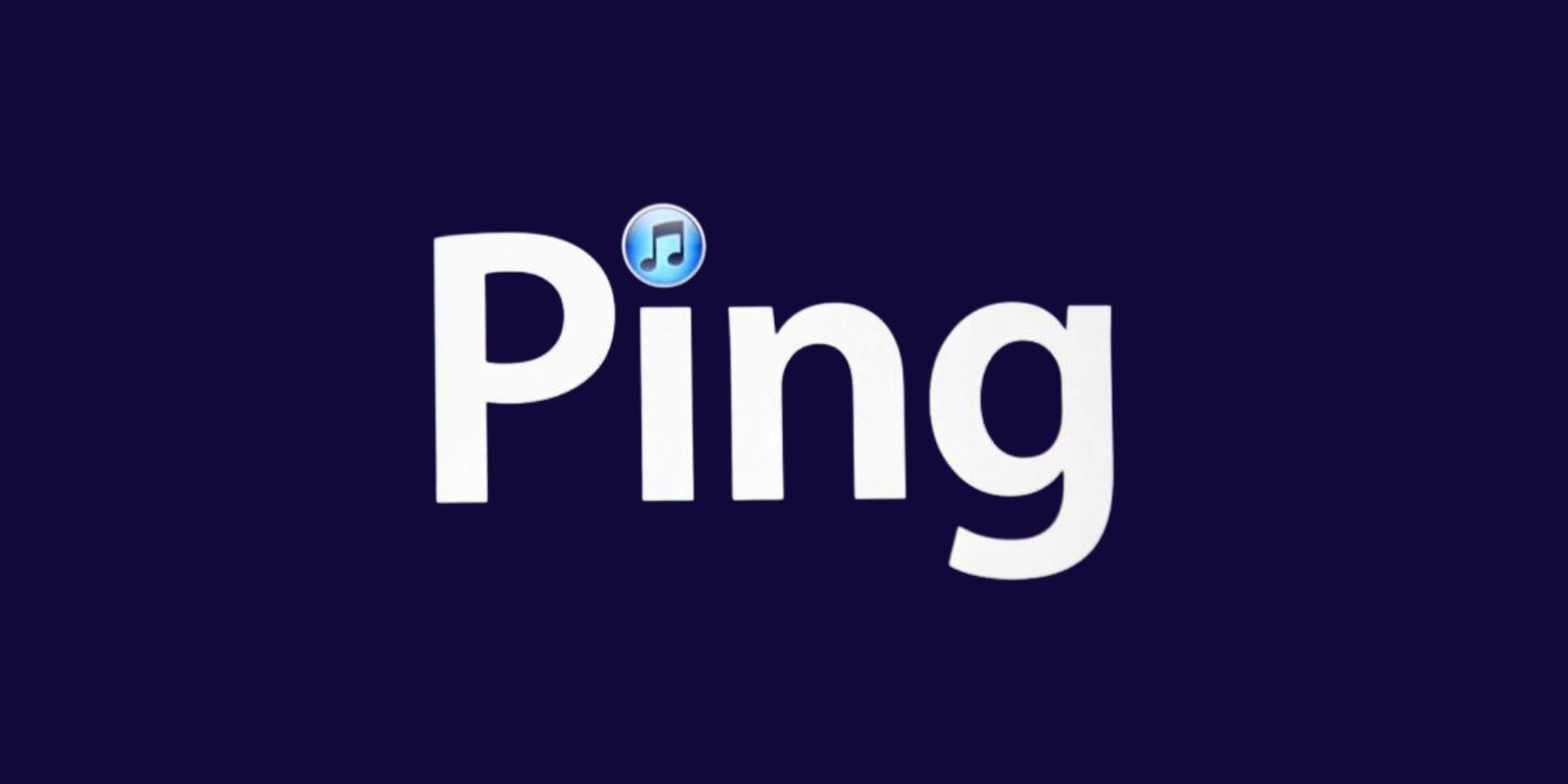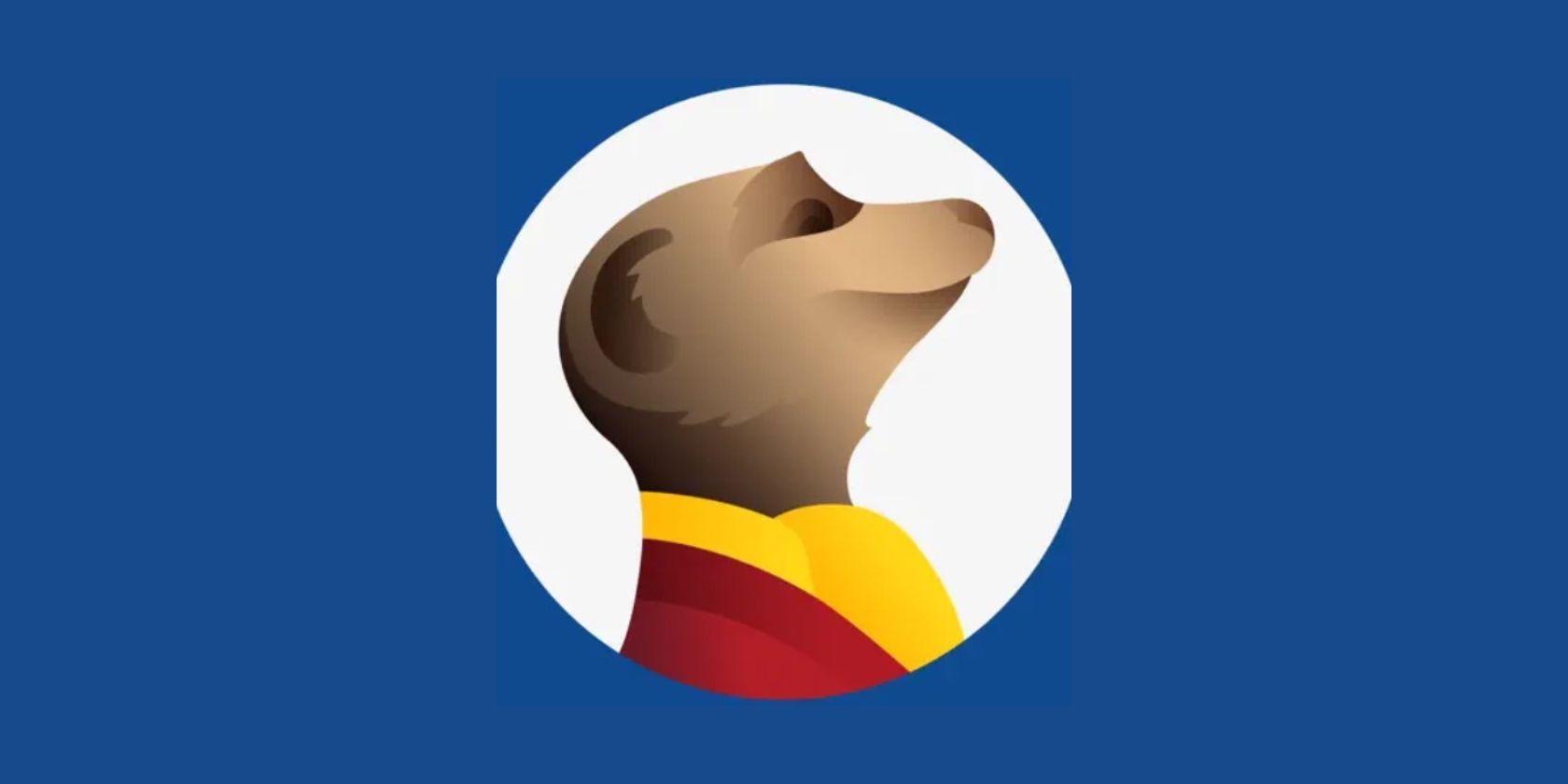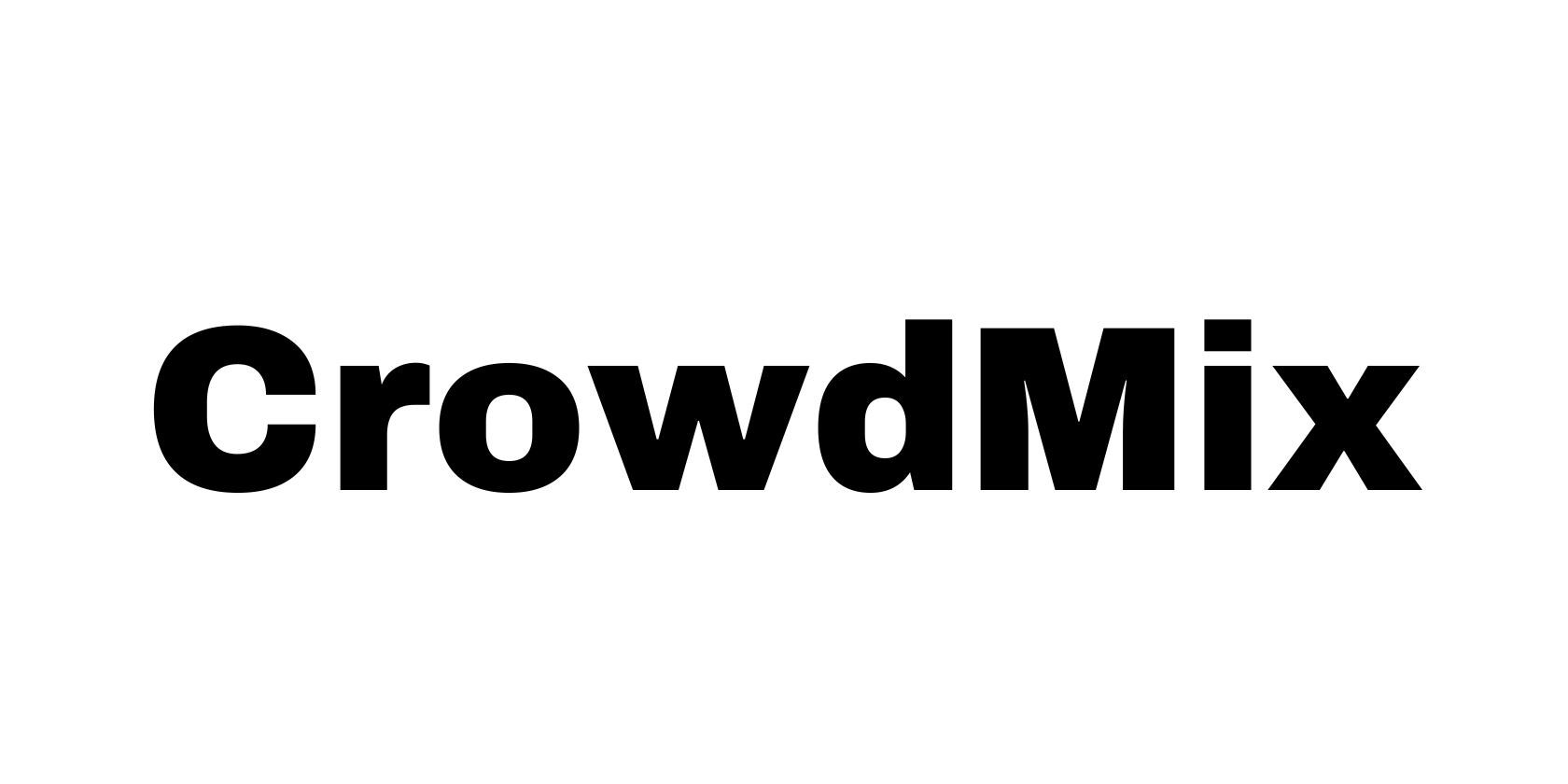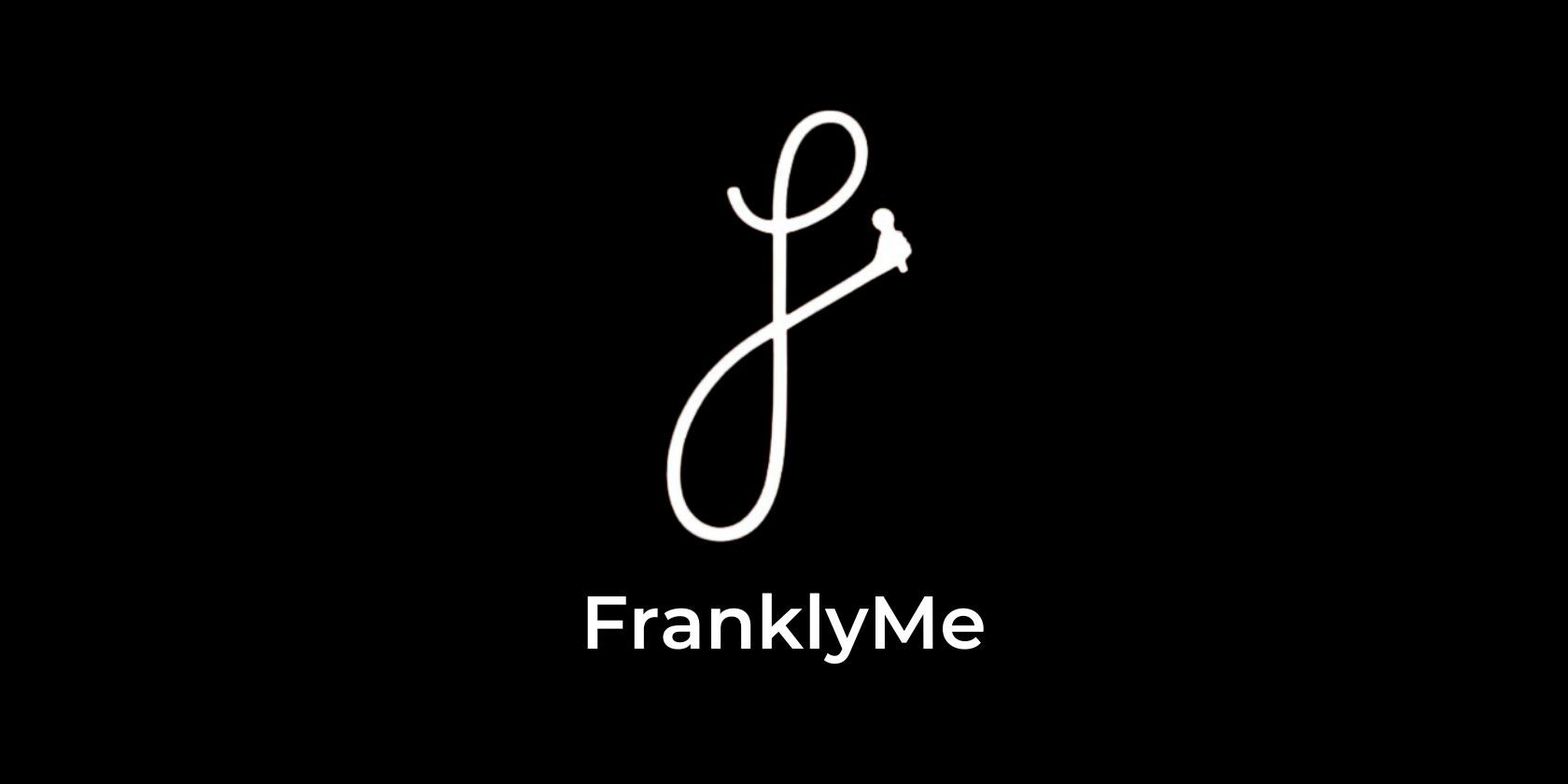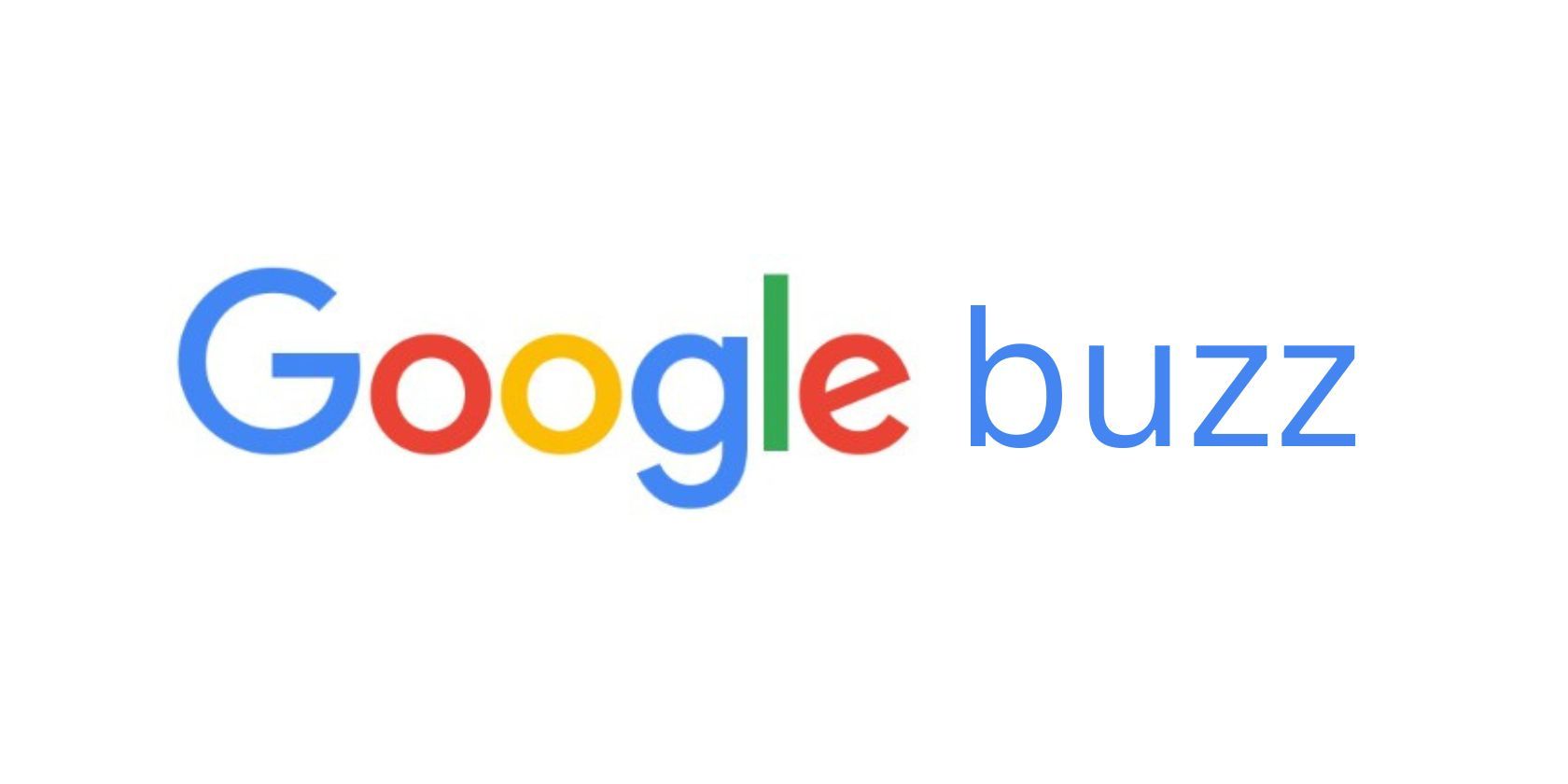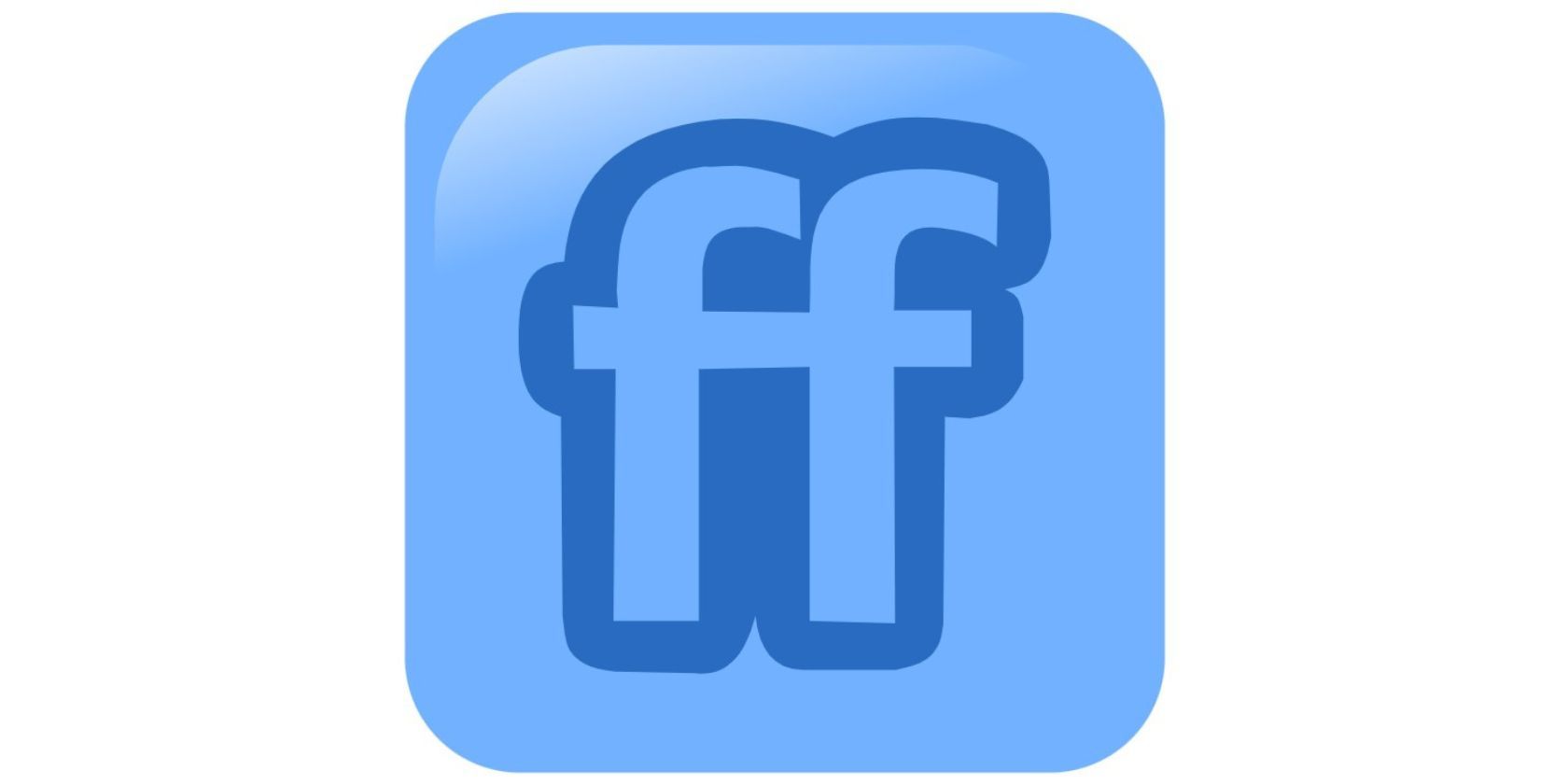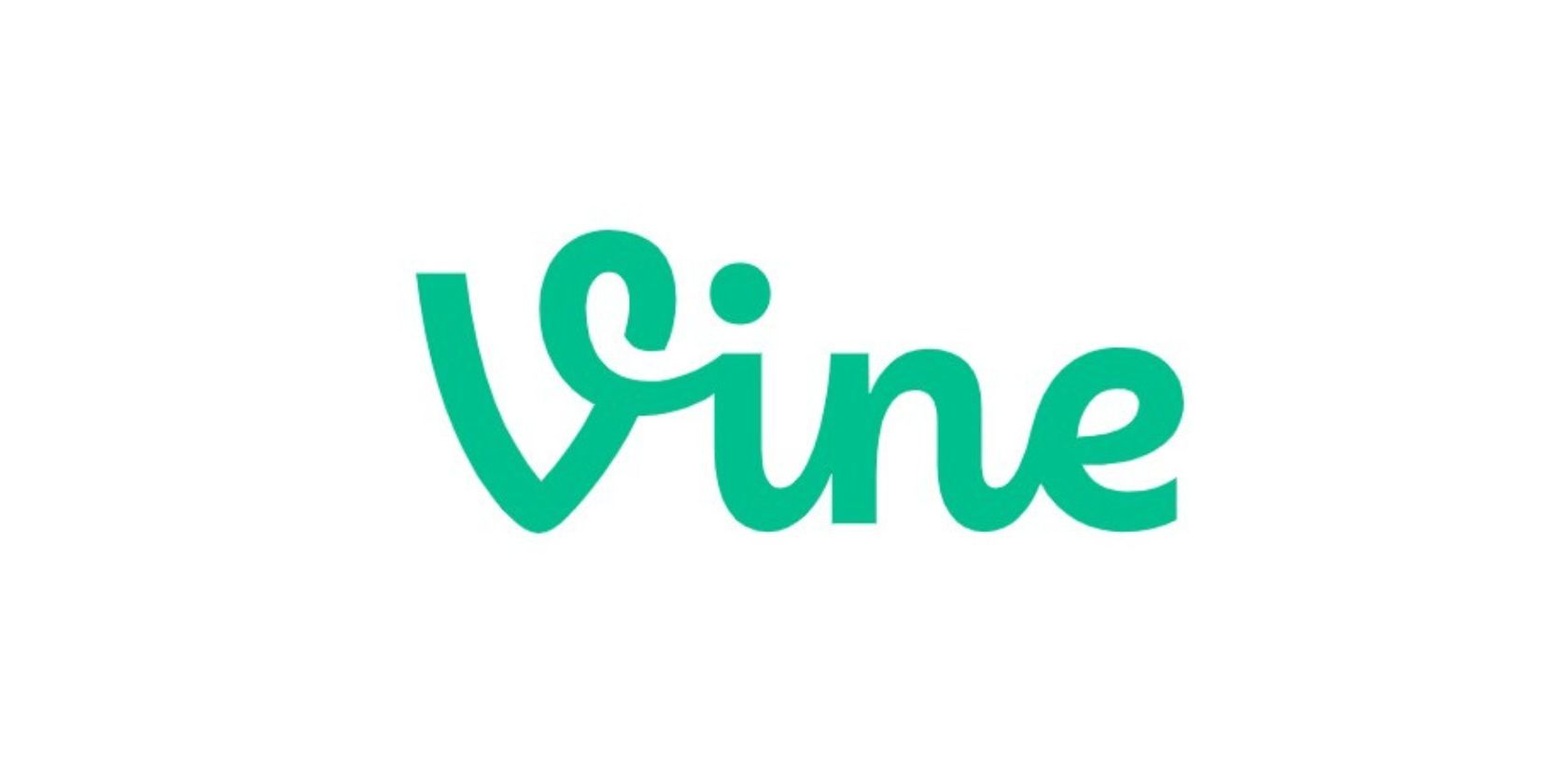All social media apps are launched to make them the next big thing online, but sometimes, they take a hard fall. Regardless of the dedication of the team, social media sites often fail to hit the mark, which has happened countless times.
Various social media sites didn't end up as intended. So, what's the reason behind the failure of these social apps? We’ll go through seven social media sites that failed and tell you why that happened.
1. iTunes Ping
iTunes Ping was a site that brought social connectivity and music to one platform. It enabled users to follow their favorite artists and check out the content their friends listened to.
iTunes Ping users could follow each other but only if the other person allowed them to. This feature was intended to give MySpace some competition. Since it was a social app, Apple initially integrated iTunes Ping with Facebook, but it was soon removed to make the app exclusive. The users probably did not like this choice.
Moreover, people would post spammy links on the app, which disrupted the experience quality immensely. Also, phishing and hacking attempts were quite common on the app, which led people to question their account security on iTunes Ping.
The app lacked consistent updates and was unable to add more tracks for listeners. The number of people who used iTunes Ping was decreasing day by day. How can you capture more audience when your app is only available in 23 countries?
It was evident; iTunes Ping was closed on 30th September 2012 by Apple. Before closing, Tim Cook mentioned the app as something users do not want the company to put a lot of energy into.
2. Meerkat
Meerkat was a video streaming app for iOS and Android devices that enabled users to start a live broadcast. Followers were notified and could be interacted with. Meerkat was an older version of the Instagram live broadcast.
Users could sign up for Twitter and share a streaming link to attract viewers. Twitter restricted Meerkat's features once it became popular, leaving them vulnerable to great loss.
Twitter eventually joined forces with Periscope, further leading Meerkat to failure. The app was removed from Apple and Play Store in October 2016 and replaced by its successor, Houseparty.
3. Crowdmix
Crowdmix was a UK-based music streaming app that closed down three years after its launch in 2013. The app was in the beta testing phase with DJs and music creators before it went bankrupt.
The real product never came out for the public to use. It had high running costs with no proper strategy to run an app.
It is reported that the company spent over £14 million investment before even launching a version for the public. Lack of management and financial control was the reason behind the failure of Crowdmix.
4. FranklyMe
FranklyMe was a Q&A platform for Indian users in particular. It enabled them to ask questions and others to answer and vote.
In their two years of running, FranklyMe suffered from funding issues and the inability to find the right audience. Sharing a similar concept with Reddit, FranklyMe never became a popular social media app.
It was available to users for only two years, from 2014 to 2016. Apart from finding funds, the app had issues with its video recording concept. People eventually decided to hop on to other social media sites that provided global access. Investors lost faith in it and the app was ultimately shut down.
5. Google Buzz
Google Buzz was a microblogging and connectivity app for people who like to share their content. It had a pretty simple interface so that people with basic app knowledge could also start a conversation and build themselves an interactive blog that delivers.
You could also share content from social media sites like Facebook, Twitter, and YouTube. This app was in the eyes of critics since users discovered its lack of privacy options.
Google Buzz was closed in less than two years. It was replaced by Google+ in 2011, which unfortunately failed to hit the mark as well.
6. FriendFeed
FriendFeed gathered updates from different social media platforms in one place. It was designed to bring together diverse communities. However, FriendFeed became a community with very little vision.
When people realized other apps had more to offer than FriendFeed, they ultimately switched, leaving the app hanging.
Bloggers and content creators complained of FriendFeed taking away their engagement. The likes and comments people were supposed to leave on the original posts were being left on FriendFeed. It was purchased by Facebook in 2009 and was shut down in 2015.
7. Vine
If you are a regular content maker on social media apps, you might have heard about Vine. With a simple interface and use, people found only a few features on Vine.
You could create small videos of only six seconds, so attracting more followers was pretty hard. The app failed because it had no monetization plan and did not reward its biggest creators.
Also, with apps like TikTok and Dubsmash in the mix, it became quite challenging to stay in trend. Vine ultimately discontinued in 2019, leaving other apps to dominate the market.
Some Apps Tend to Fail, but Social Media Stays Dominant
Social media apps are created to attract users. Unfortunately, not every app is able to do that. Several social media apps failed, never to be found again.
The main reasons behind their failure were lack of innovation, inability to appreciate creators, and not being creative. The apps we discussed above might have failed their users, but we can't question the dedication and hard work put forth by their creators.


